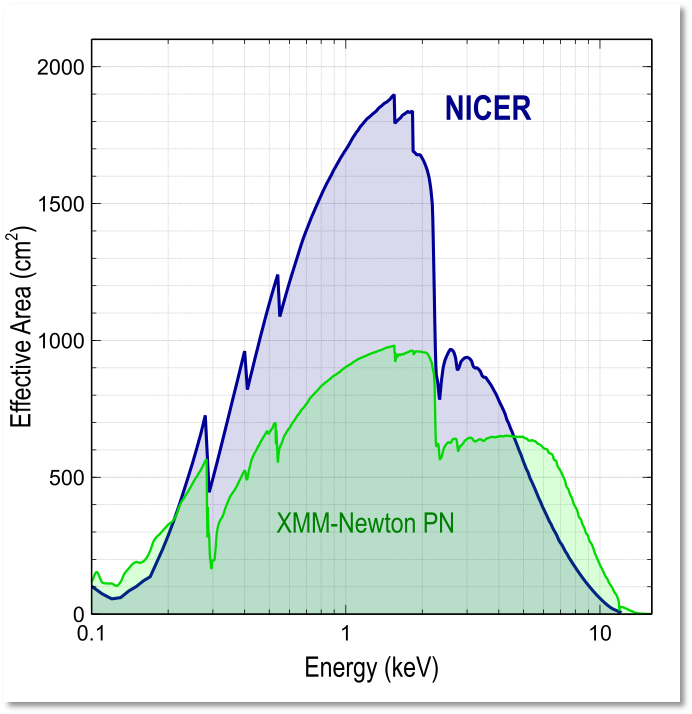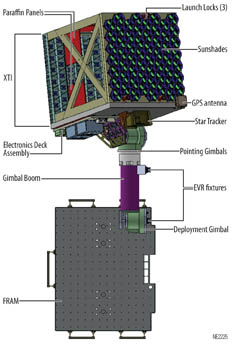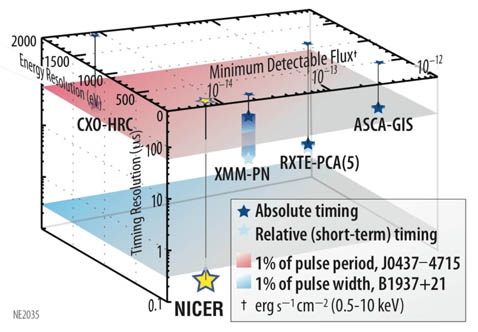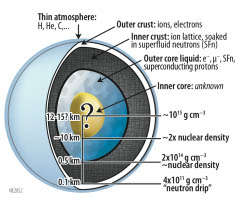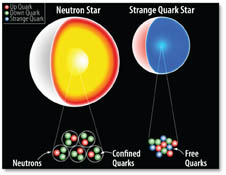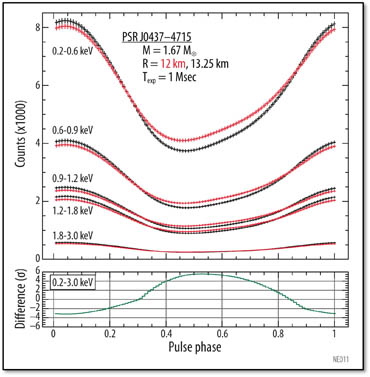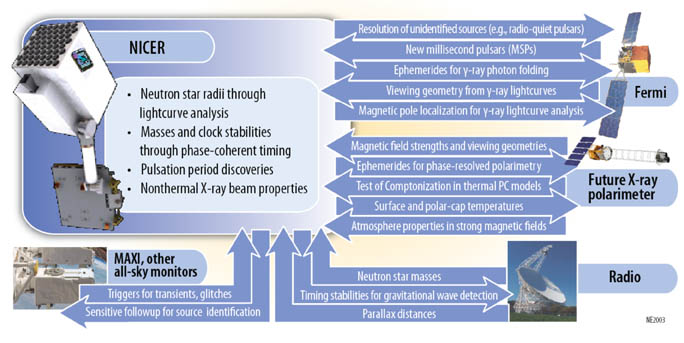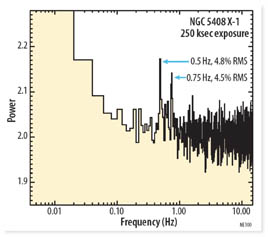NICER Mission OverviewAstrophysics on the International Space Station - Understanding ultra-dense matter through soft X-ray timing
ISS AccommodationsAn established platform and a benign environmentThe ISS offers:
NICER's design:
Instrument DescriptionHigh-throughput, low-background soft X-ray timing and spectroscopy
Science ObjectivesNeutron Stars - Unique environments in which all four fundamental forces of Nature are simultaneously important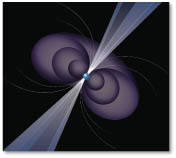
Science MeasurementsReveal stellar structure through lightcurve modeling, long-term timing, and pulsation searchesLightcurve modeling constrains the compactness (M/R) and viewing geometry of a non-accreting millisecond pulsar through the depth of modulation and harmonic content of emission from rotating hot-spots, thanks to gravitational light-bending... Simulations demonstrate how well an assumed neutron star radius can be recovered. The +5% (3σ) measurement goal is attained in less than 1 Msec. The resulting allowed regions in the M-R plane rule out proposed families of neutron star equations of state. The best mass measurements alone can't distinguish among competing models. Neutron Star Science SynergiesInterplay between multiwavelength capabilities amplifies scientific returns from allGuest Observer ProgramSample science enabled by the NICER GO program
Redshifted Fe lines from galaxy clusters reveal star-formation history and poorly understood feedback processes that drive galaxy evolution. (Left) A z = 1.18 line is seen well above the diffuse X-ray back-ground (blue). Plus...
|



